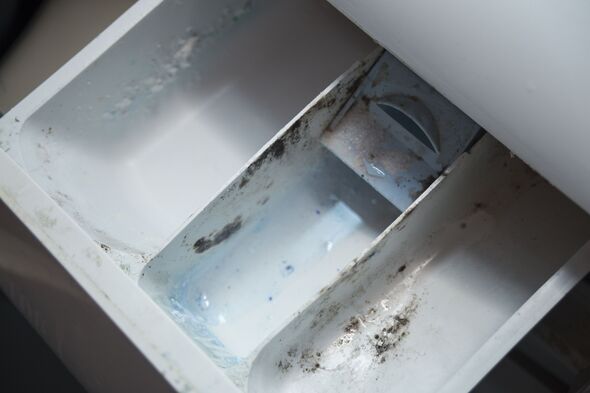
Long-term plans for united states of Europe, says Gyurcsány
April 14, 2014Facebook said to be readying electronic payment system, could preempt Apple …
April 14, 2014
It leaves Britain’s aid budget second only to the United States, which spent
£18.9 billion on aid, with an increase of only 1.3 per cent on the previous
year.
The increase was the biggest in the European Union and outstripped only by
Japan, which expanded its debt forgiveness programme; Turkey, which has
poured millions into the Syrian crisis on its border; and the UAE, which
took “exceptional measures” to support Egypt.
Britain hit David Cameron’s target of spending 0.7 per cent of GDP on aid for
the first time and is the only major power to do so, joining the Nordic
states of Denmark, Norway and Sweden.
By contrast the US spent 0.19 per cent, Spain 0.16 per cent, Germany 0.38 per
cent, France 0.41 per cent and Russia 0.03 per cent.
Meanwhile, Australia, Canadia, France, the Netherlands and Portugal cut their
aid spending, in the latter’s case by 20 per cent.
The sustained spending on aid has produced disquiet among ministers struggling
to make steep cuts. The Foreign Office budget is due to halve by 2015-16.
Justine Greening, the development secretary, has privately warned colleagues
they face an investigation by the aid watchdog if their departments misuse
overseas aid budgets. Some ministers have attempted to re-label their
departments’ spending as aid in order to protect it from cuts, Whitehall
sources say.
Ms Greening is understood to be particularly frustrated by Ed Davey’s energy
department’s decision to spend hundreds of millions of pounds on projects to
cut carbon emissions in middle income countries.
Tobias Ellwood, the Prime Minister’s envoy to Nato, has urged Mr Cameron to
follow the example of Nordic countries by allowing some defence spending to
count as aid. Such a move would soften the blow of cuts to the MoD and take
into account the fact that the Army and Royal Navy are often called on for
disaster relief or to aid state-building.
The figures came in a year when OECD spending on aid reached a record high of
£80 billion, meaning Britain provides one pound in eight.
However, the OECD said it was alarmed that spending in sub-Saharan Africa has
fallen by four per cent, while middle income states such as Mexico, China,
India and Uzbekistan will enjoy year-on-year increases of five per cent
until 2017, often in the form of soft loans.
“It is heartening to see governments increasing their development aid budgets
again, despite the financial constraints they are currently facing,” said
Angel Gurría, OECD Secretary-General.
“However, assistance to some of the neediest countries continues to fall,
which is a serious concern.”
Where Britain’s aid money goes
Department for Culture Media and Sport
Program to make PE lessons more “meaningful and exciting” in 20 countries
including Malaysia, South Africa, Brazil and Turkey, following London 2012
Olympics.
Cost: £8.35m over four years
Department of Energy and Climate Change
Program to reduce “greenhouse gas emissions from cattle ranching” in Colombia.
Cost: £15m over four years
Department of Energy and Climate Change
Renewable energy and low-carbon transport projects in Chile, India, Nigeria
and Turkey.
Cost: £75m.
Foreign and Commonwealth Office
Britain contributes to Europeaid, the EU’s aid program. Projects including
equipping border guards in Belarus, a dictatorship, and funding a waterpark
in Morocco.
Cost: £1bn a year
Department for International Development
Yegna, a girlband dubbed the Ethiopian ‘Spice Girls’, is intended to empower
teenage girls through song.
Cost: £3.8m a year.
Department for International Development
Trademark Southern Africa, intended to boost commerce, was swiftly shut down
by Mrs Greening after watchdog found officials earning more than £100,000
and cash being administered by Zimbabwean regime.
Cost: £100m.



